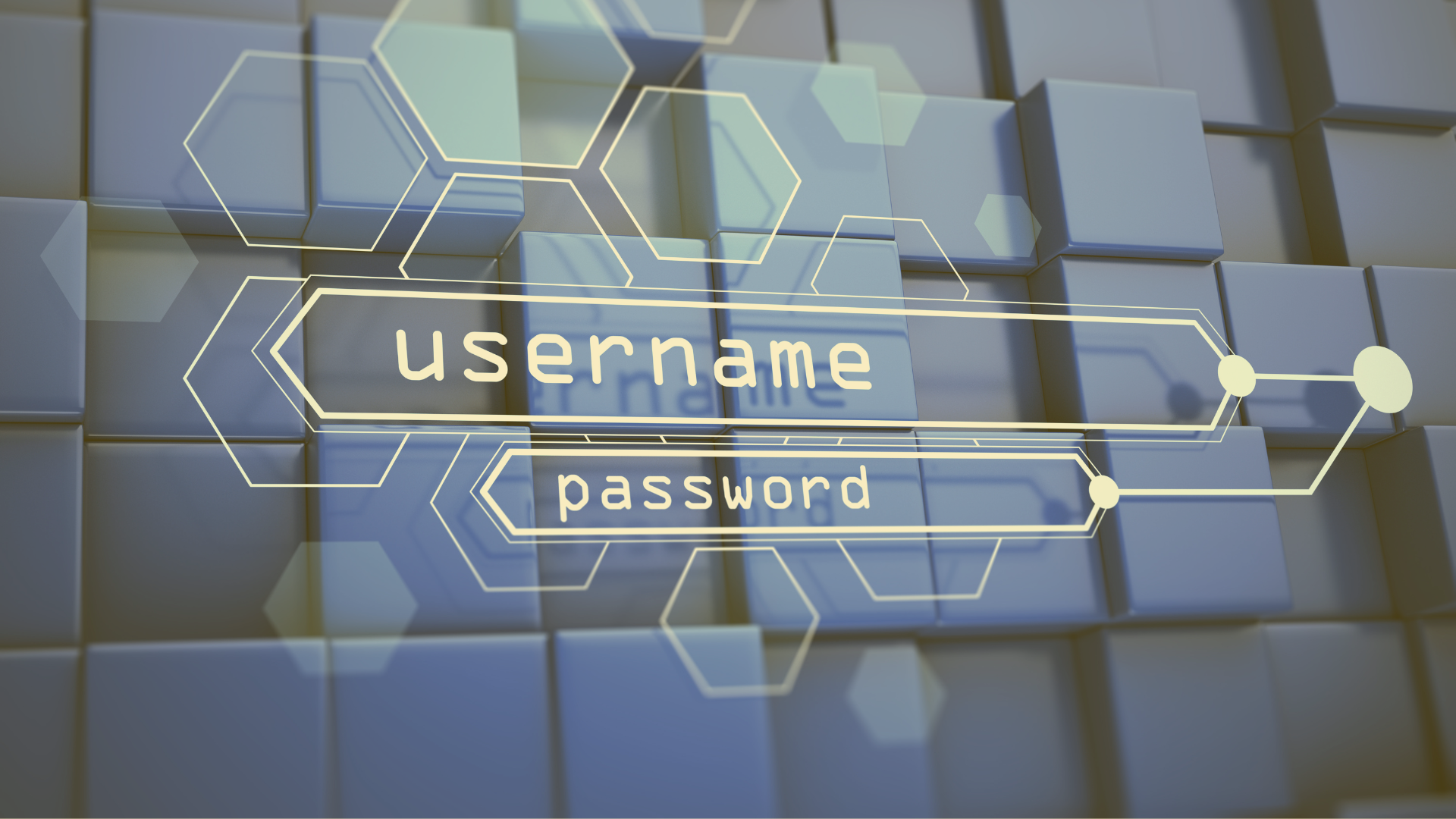
Assessing password security is not just about checking their length or complexity. According to the National Institute of Standards and Technology (NIST), organizations should consider both the strength of passwords and their management within the corporate infrastructure. Long and complex passwords are essential, but if they are reused across multiple platforms or stored insecurely, their protective value drops drastically.
Moreover, data breaches are becoming increasingly common. Recent studies show that millions of corporate passwords are leaked annually on the dark web, making early detection of compromised credentials a crucial component of enterprise cybersecurity.
Not all password policies are effective. Many corporate systems still enforce outdated rules, such as requiring a password change every 30 days, which can encourage users to create predictable patterns. Instead, companies should establish evidence-based guidelines: passwords of at least 12 characters, using a mix of uppercase and lowercase letters, numbers, and special characters, and prohibiting common words or easily guessed patterns.
It is also essential to avoid reusing passwords across corporate and personal accounts. Each credential should be unique to minimize the risk of unauthorized access in the event of external breaches.
For IT teams, manual password analysis is insufficient. Advanced tools exist that allow organizations to evaluate the strength of corporate credentials, detect compromised passwords, and generate strong options. For example, Petam.io lets you check how secure your password is and whether it has been compromised.
Even the strongest password is not completely invulnerable. Multi-factor authentication (MFA) adds additional layers of security by combining something the user knows (the password) with something they have (a physical token or temporary code) or something they are (biometrics, such as a fingerprint or facial recognition). Implementing MFA across all critical systems can significantly reduce the risk of unauthorized access, mitigating phishing attacks and credential breaches.
Credential management in enterprise environments should be centralized and controlled. A corporate password manager allows credentials to be stored securely with encryption, permissions to be defined according to user roles, and an audit trail of access and changes to be maintained. This not only protects passwords but also facilitates secure rotation and immediate revocation if an employee leaves the company.
Password security depends not only on tools but also on corporate culture. Employee training programs focused on creating strong passwords and detecting phishing attempts are essential. Teaching employees to recognize digital risks and encouraging proper security habits can be as effective as technology itself.
Assessing and strengthening password security is a strategic process. It is not enough to set rules; it is necessary to integrate robust policies, analytical tools, MFA, centralized management, and ongoing education. Only a comprehensive approach can ensure that passwords fulfill their critical role in protecting corporate information and systems.